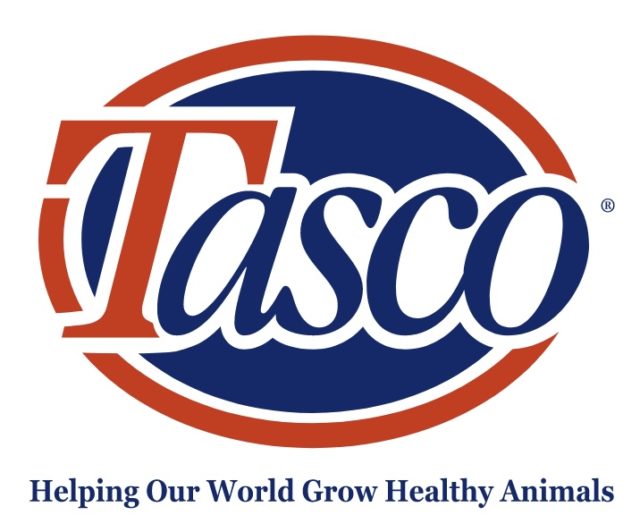“The effects of a training program using a phantom to accustom heifers to the automatic milking system.” Journal of Dairy Science Vol. 104 No. 1, 2021.
This article, from German researchers, studied whether training heifers before calving in a simulated milking robot (they called it a phantom robot) helped them adapt faster to the automatic milking system after calving. They say that the introduction of heifers into the automatic milking system can be associated with considerable stress for both animals and farm employees, as completely inexperienced heifers initially do not independently enter the unknown milking robot.
For the study, they used 77 Holstein-Friesian heifers that were randomly assigned to one of two experimental groups: control (CON) or phantom (PHAN). Four weeks before calving, the PHAN group was given free access to the phantom, which was similar to the actual milking robot, so they could explore it and be positively conditioned by feeding concentrate in the phantom. The heifers of the CON group had no contact with the phantom before the first milking at the automatic milking system. Lactation performance characteristics (milk yield, milk flow, electrical conductivity of milk and milk composition) were recorded.
The phantom was built similarly to the Lely Astronaut A4 and was installed at the edge of the barn unit, like the actual milking robot, to familiarize the heifers with their future milking situation. However, the milking arm did not attach to the udder of the heifers, so the machine was simplified so it only visually corresponds to the milking arm of the automatic milking system. In addition, the technical equipment required for milking in the actual milking robot was dispensed with. While concentrate was being offered, the simulated simplified milking arm extended under the abdomen of the heifers without touching it or manipulating the udder. In addition, the typical sound of the automatic milking system was played through a speaker.
During this period, PHAN heifers received a TMR at the feeding fence twice a day. It contained 0.51 kilogram of concentrate per animal per day. In addition, each animal received 1.25 kilograms of concentrate per day in the phantom as a reward, divided in four portions, to encourage the animals to visit the machine.
The results showed the animals trained on the phantom had a higher milking frequency (2.70 plus or minus 0.14 visits per day) than the control animals (2.41 plus or minus 0.14 visits per day) between the fourth and 10th day of lactation. In addition, between day 1 and day 5, the proportion of animals that had to be fetched for milking was lower in PHAN (35.18 plus or minus 4.16%) than in CON (48.03 plus or minus 4.46%). Based on the results, the authors say that training heifers on the phantom offers the possibility to facilitate the start into early lactation for the animals, providing a valuable contribution to improvement of animal welfare.
“Effects of the substitution of soybean meal by spirulina in a hay-based diet for dairy cows on milk composition and sensory perception.” Journal of Dairy Science Vol. 103 No. 12, 2020.
This study, done by Swiss researchers, aimed to evaluate if the use of an algae as a source of metabolizable protein (MP)for dairy cows would affect milk antioxidants and sensory properties. This algae, called spirulina (Arthrospira platensis) is a fast-growing and resource-efficient blue-green microalga.
The authors indicate the demand for protein sources alternative to soybean meal for supplementing forages low in MP is large, and that the biomass of the cyanobacterium Arthrospira platensis is a promising protein source which may represent an alternative in dairy cows’ diets. Different from soybeans, spirulina can be produced with high water efficiency on marginal land or even landless, and therefore does not compete for land with human food resources. Spirulina is already used as a nutraceutical in human nutrition and as feed supplement in animal nutrition, especially in aquaculture and poultry production.
For this study, they used 12 cows allocated to two groups. They were fed a hay-based diet, supplemented with beet pulp and wheat flakes. The nitrogen content of the two diets per kilogram of dry matter (DM) was the same, with diet 1 being supplemented with 5% spirulina and diet 2 being supplemented with 6% soybean meal. The spirulina had a content of 62.9% crude protein (CP) (DM basis), and the soybean meal used in this study was 42.8% crude protein.
Spirulina is richer in crude protein than soybean meal and it is substantially higher in fat (6.04% versus 1.14% for soybean meal, in this study). The dry matter intake (DMI) did not differ between the two groups, therefore the authors assumed that the palatability of the diet was not affected by the level of inclusion of spirulina (around 1 kilogram per head per day of algae in this study). They do refer that other studies with spirulina have shown some reduction in DMI, but in this study, maybe because they added molasses to the diet, there was no intake reduction.
After a 15-day adaptation period, data were collected and feed, milk, blood and rumen fluid were sampled. Milk samples were analyzed for different properties (fatty acid profile, colour, vitamins and provitamins (beta-carotene)), etc. A trained sensory panel also evaluated milk samples. The substitution of soybean meal by spirulina in the diet did not affect feed intake, milk yield, milkfat, protein or lactose contents compared with the control group. However, the milk from the spirulina-fed cows had a higher content of beta-carotene and was more yellow.
There were also differences in the fatty acid profile of the milkfat. No sensory difference was found between milk from the two experimental groups. The authors conclude saying that spirulina seems to be a promising protein source for dairy cows with certain improvements in nutritionally favourable constituents in milk and without side-effects on animal performance in the short term.
This column brings you information regarding some of the research being done around the world and published in the Journal of Dairy Science. The objective is to bring to light areas of research that may have an immediate practical application on a dairy farm, as well as research that, even though may not have a practical impact now, could be interesting for its future potential application. The idea is to give a brief overview of select research studies but not go into detail on each topic. Those interested in further in-depth reading can use the citations to find each study.









